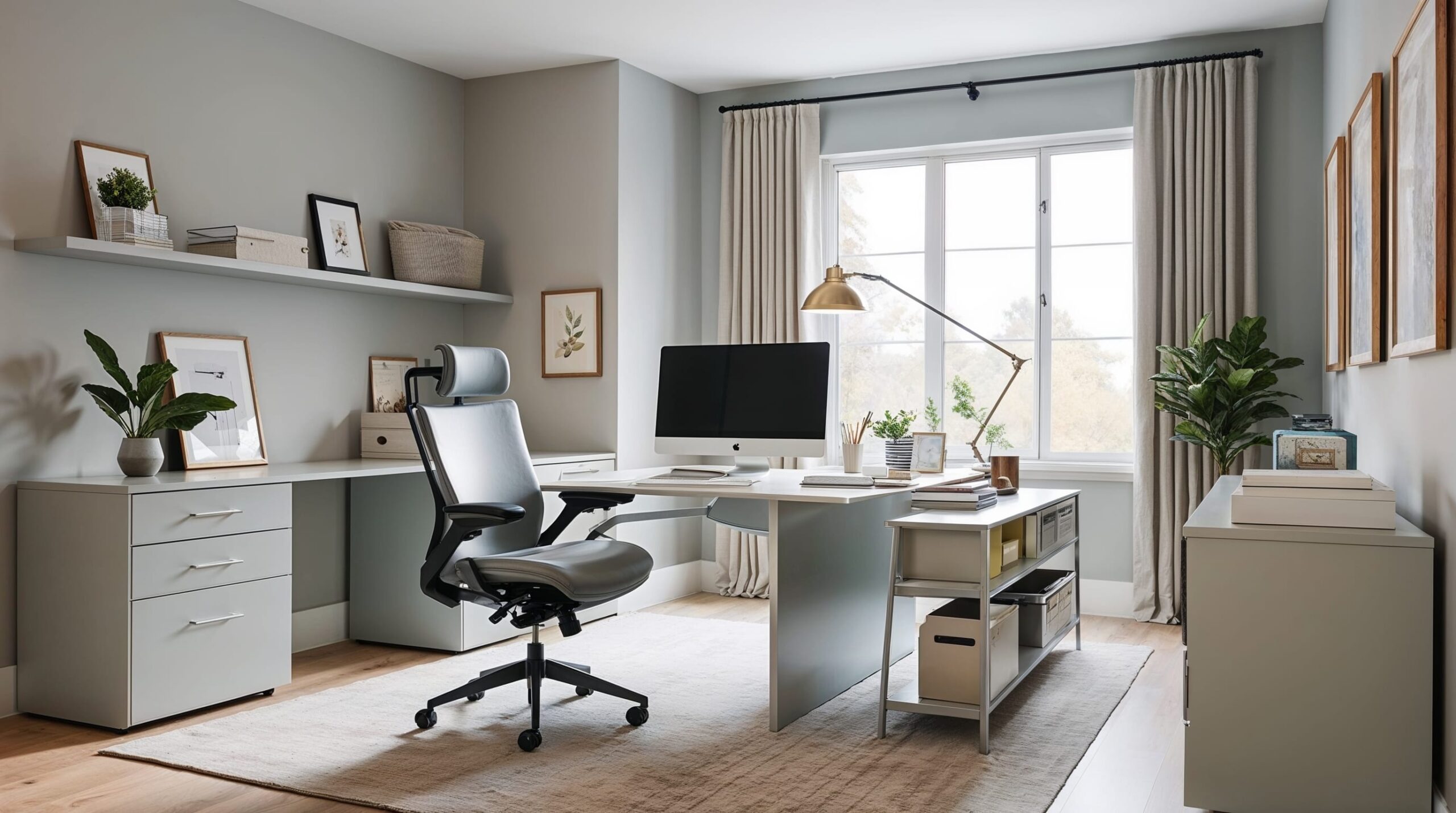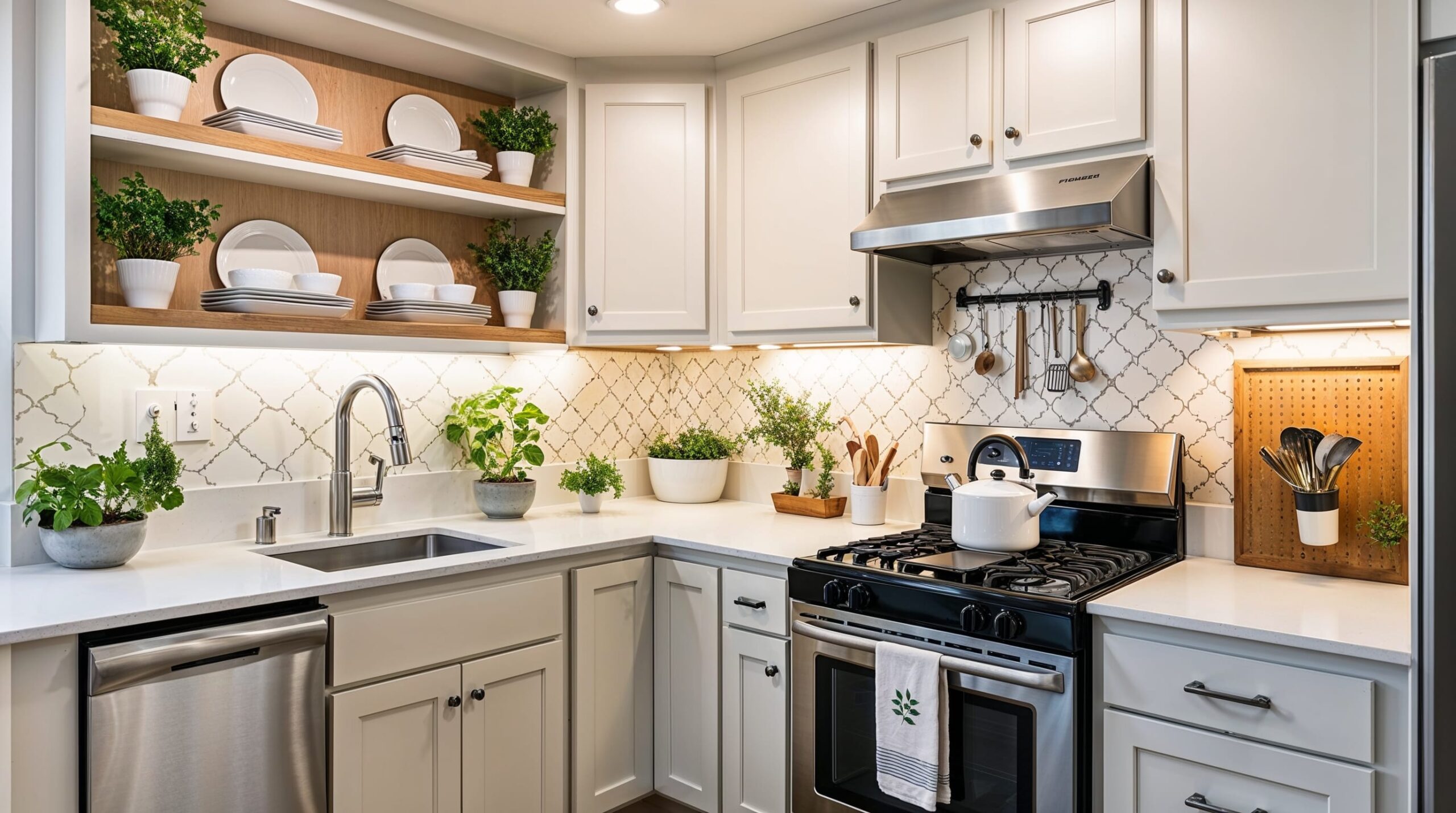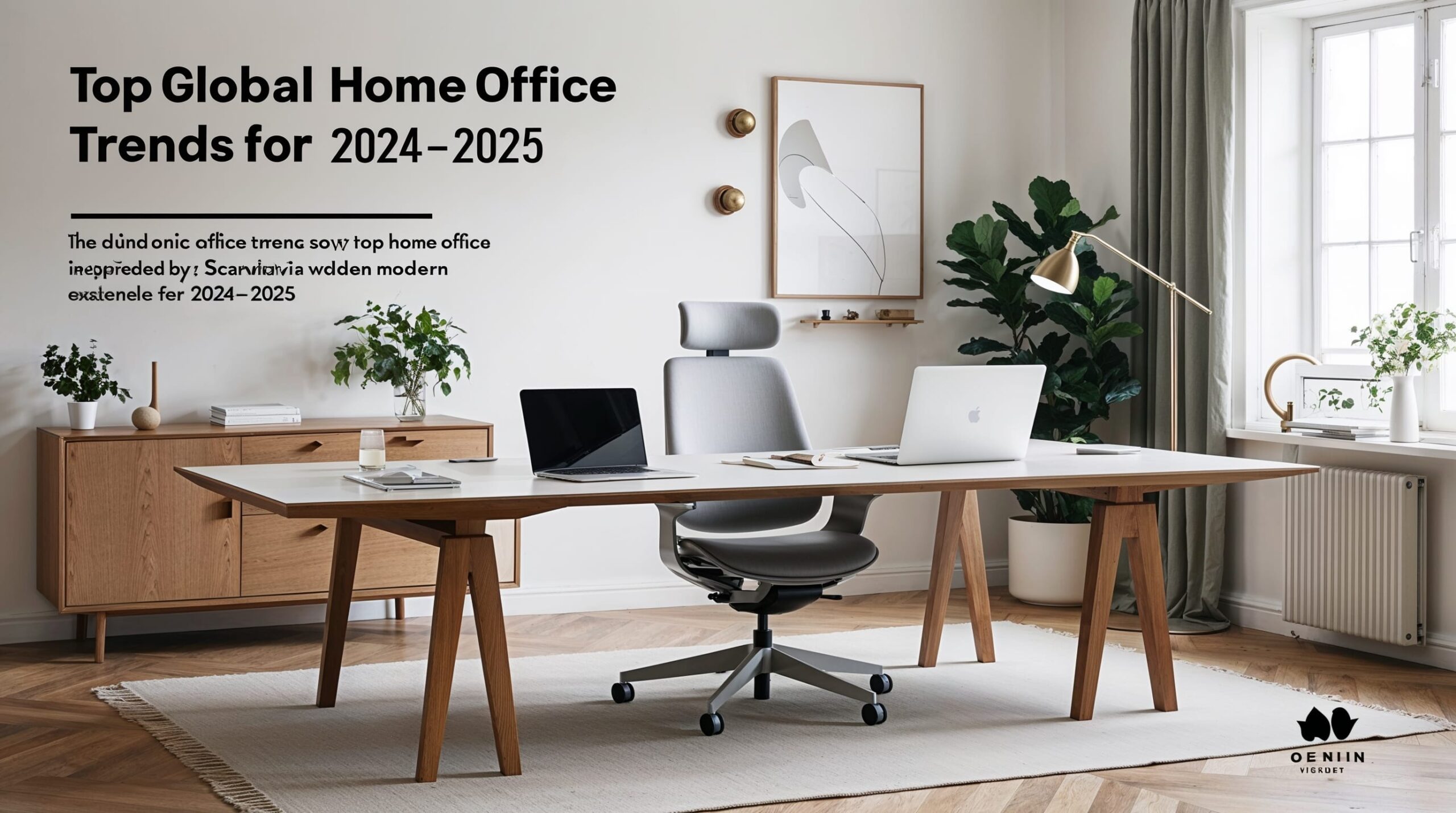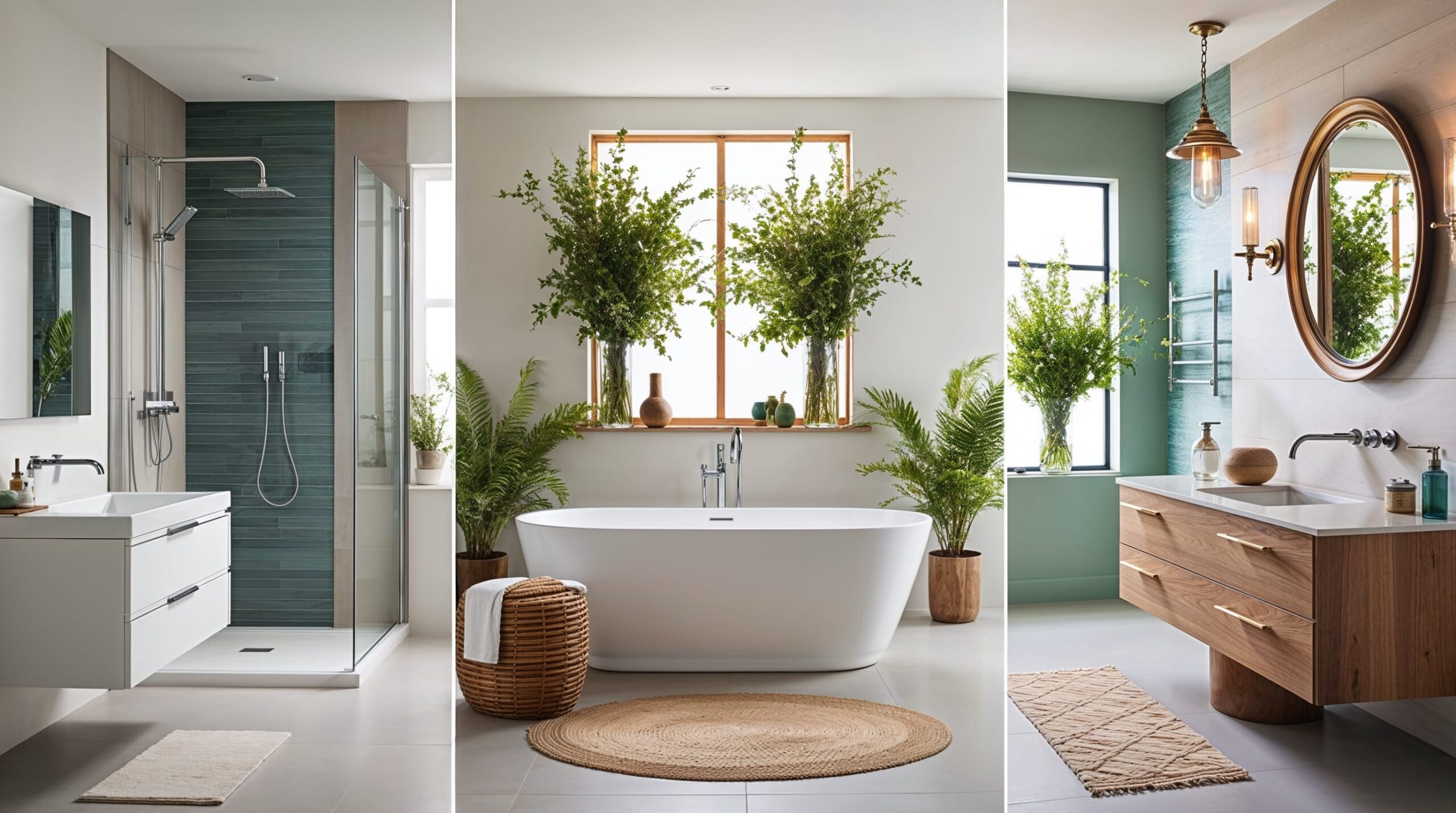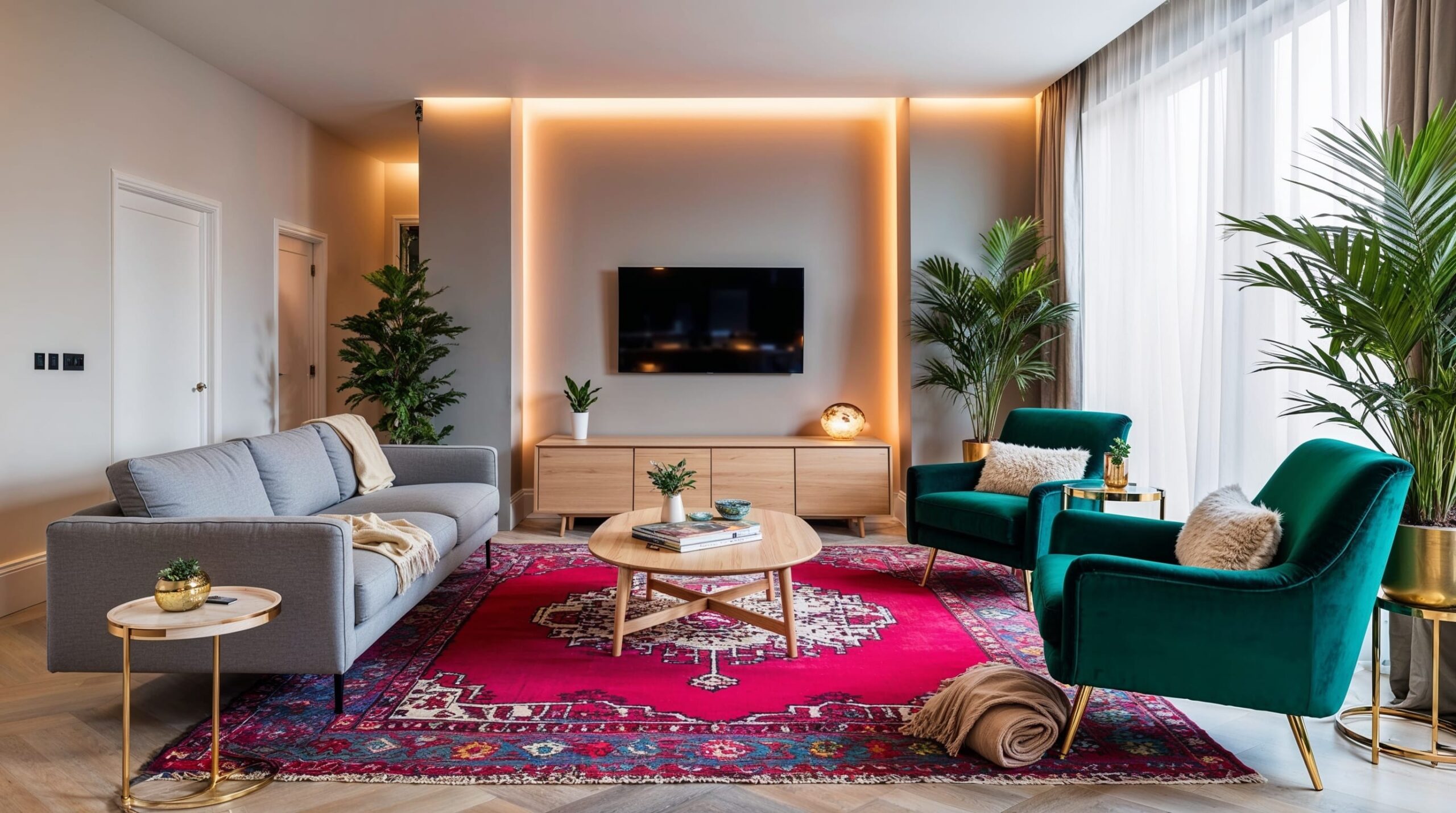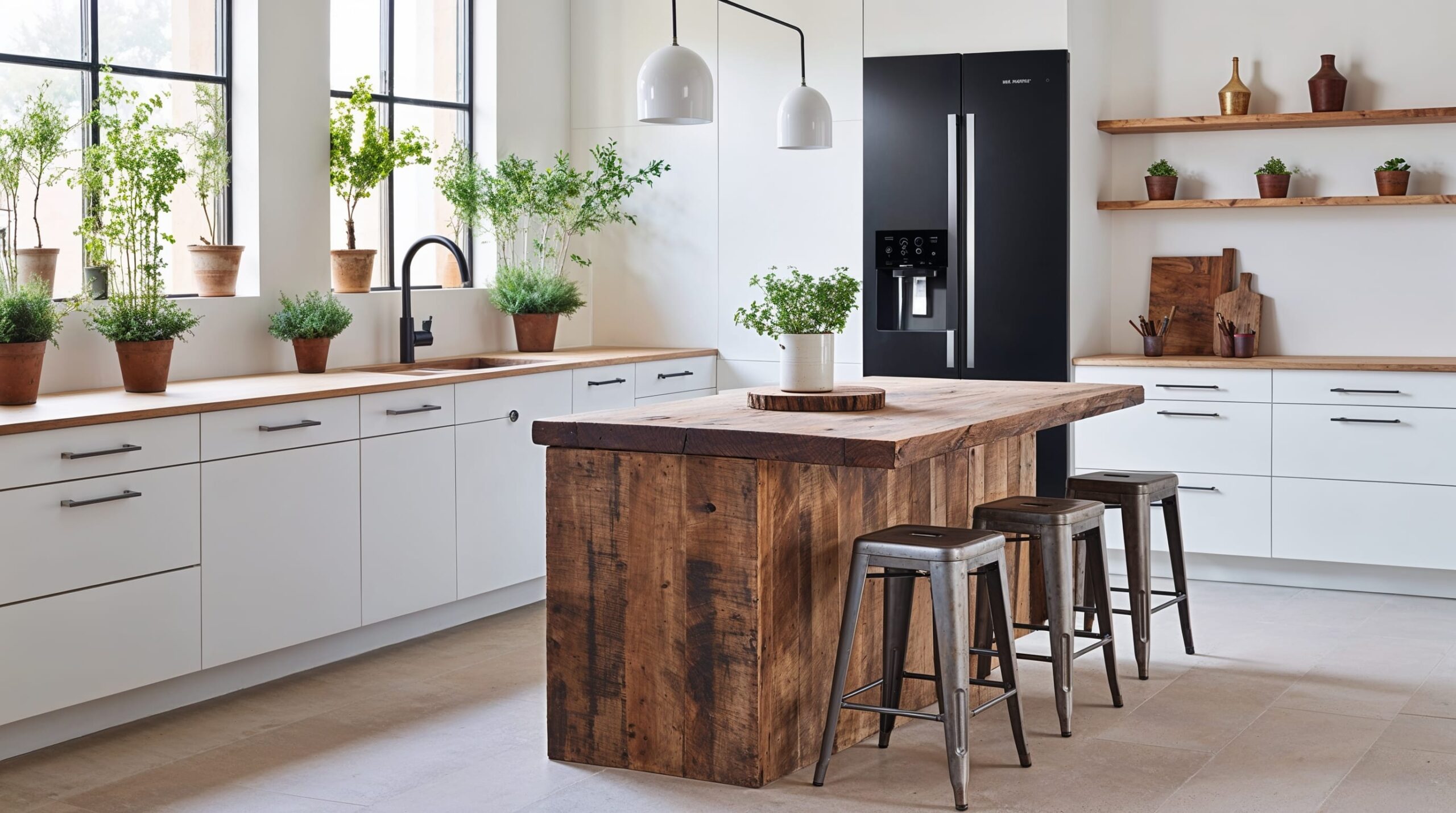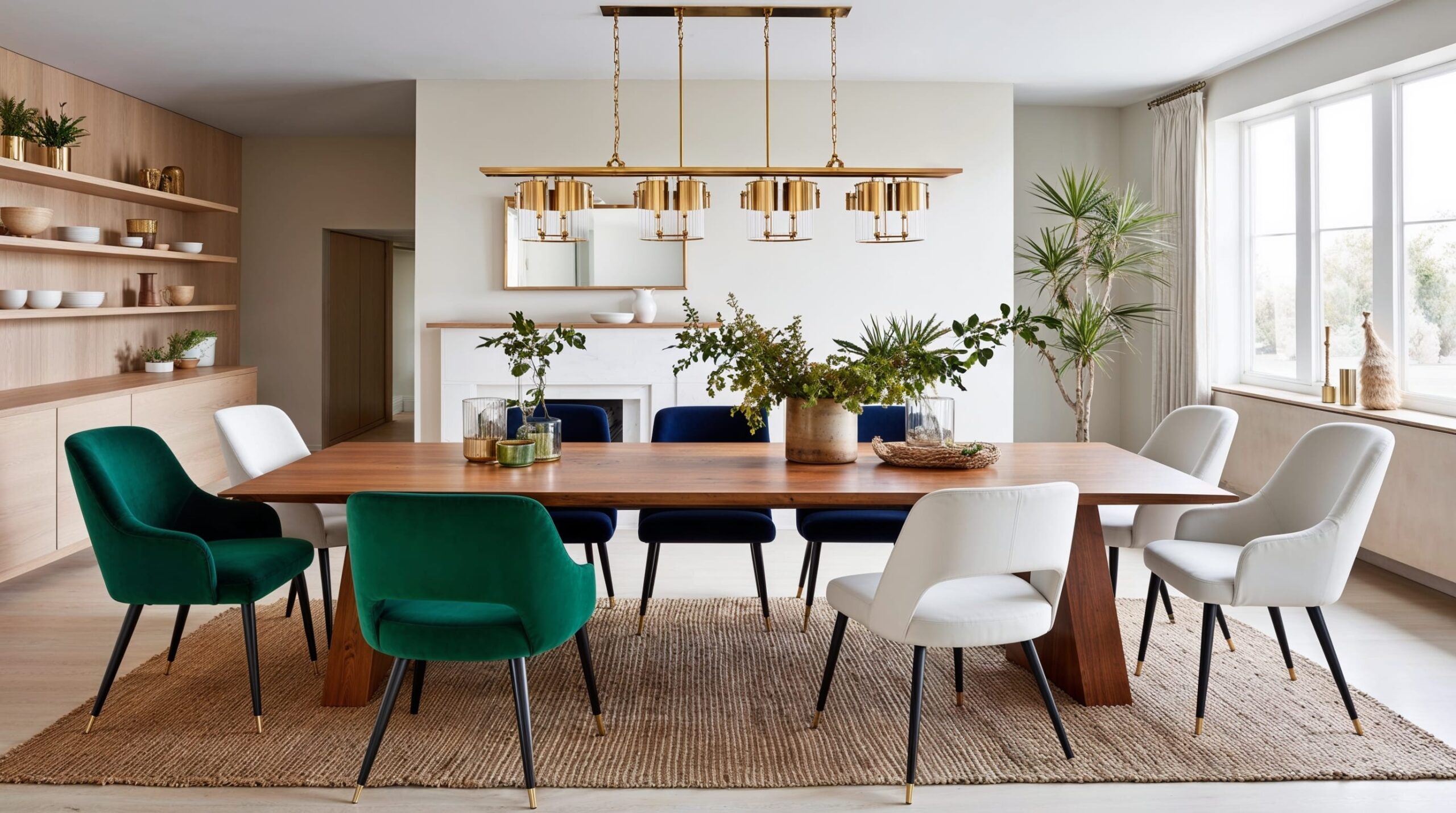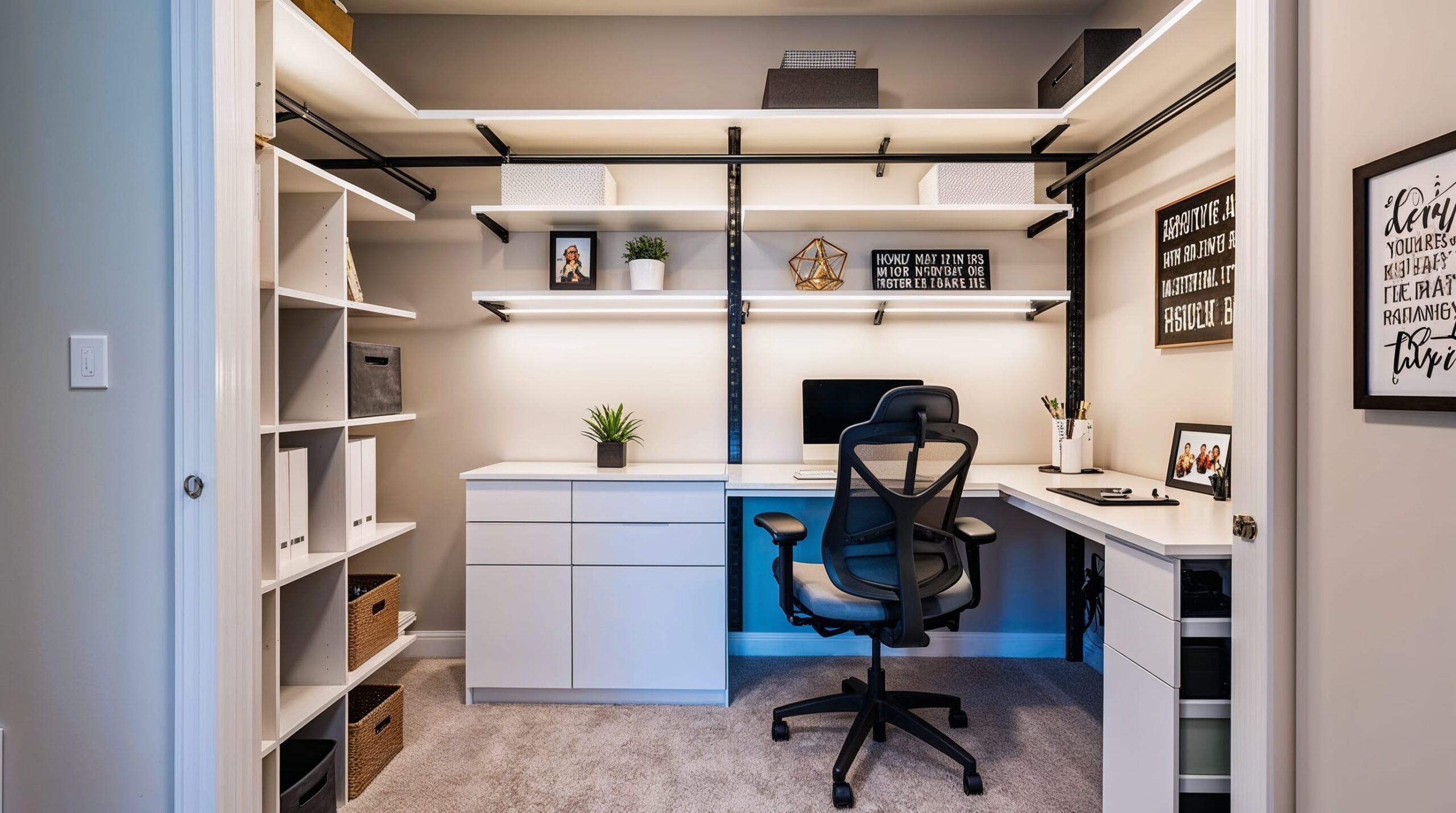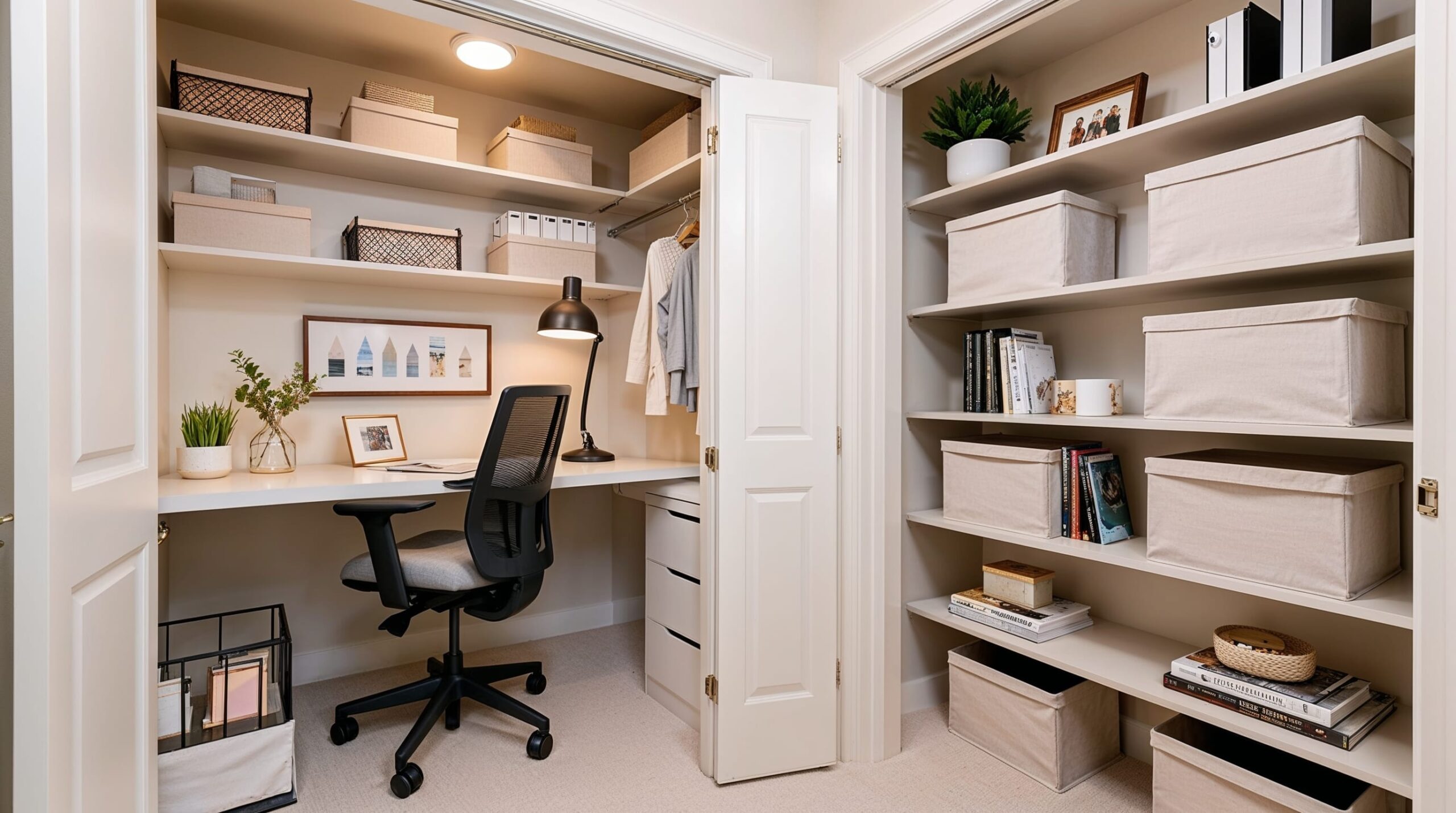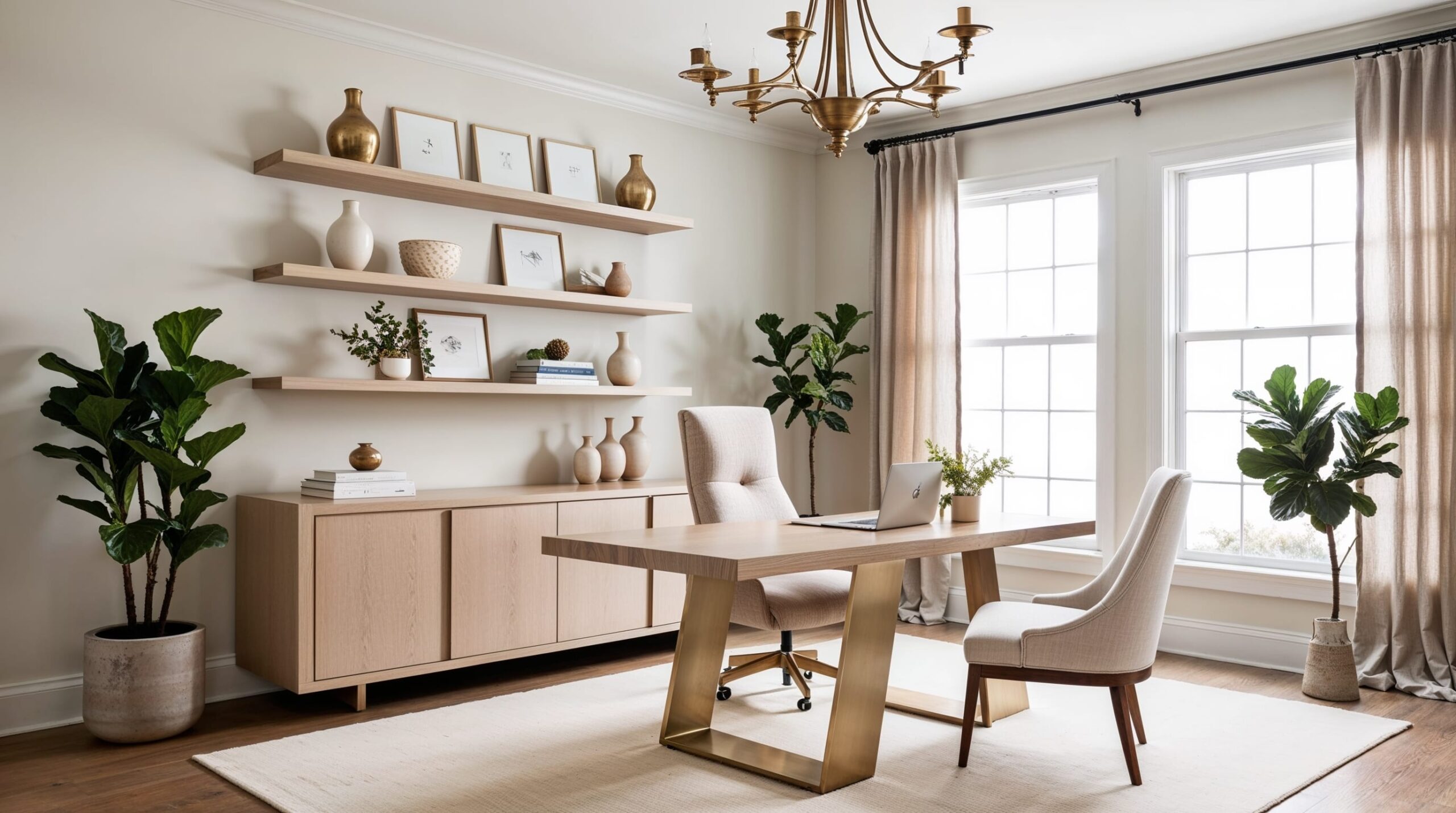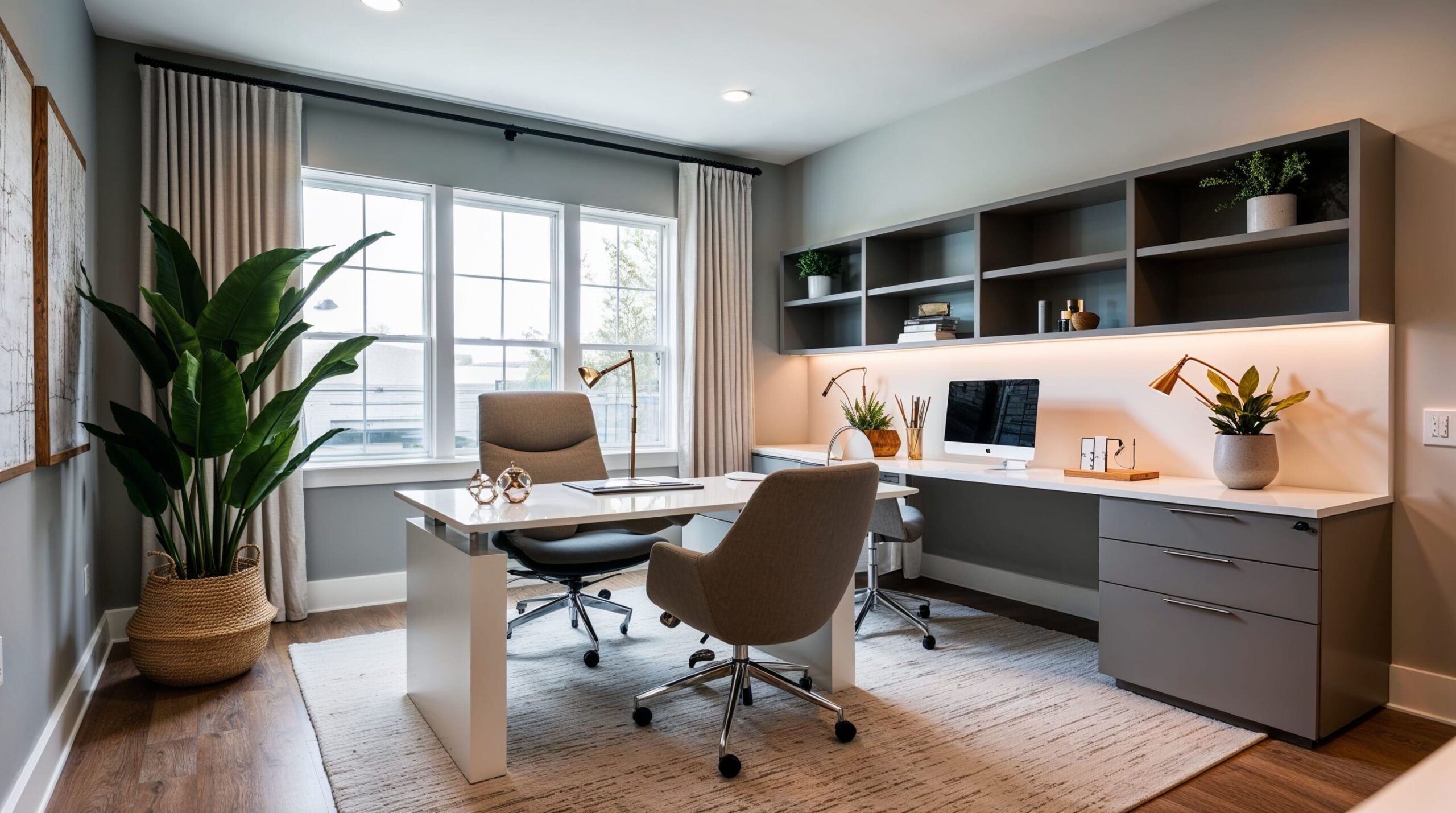Home Offices are kind of a must-have thing now that remote work is becoming so common. However, designing that space can be relatively tricky, and if we make some common mistakes it may not end up the best experience for us. If you are planning on setting up a new office or redecorating your current workspace, this home-officer design mistakes guide will show the 5 Common Mistakes in Home Office Design — and how to avoid them.
Table of Contents
Toggle1. Paying no heed to Furniture based on Ergonomics
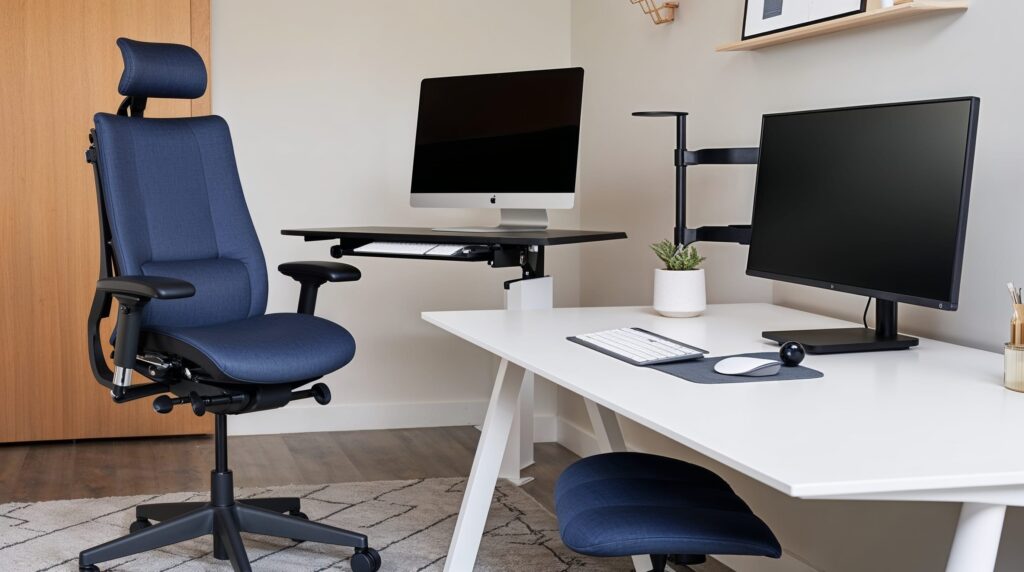
Perhaps the greatest sin in regards to home office design is not factoring ergonomics. An ergonomically designed chair and desk always prevent your back pain, if it lead to neck strain then later in long terms health issues too. A lot of people tend to cut from their price by using some spare furniture but that sometimes causes a comfort and productivity.
How to Avoid It:
Buy an office chair having height adjustable and lumbar support with it. This might be a spacious desk or one that provides for legroom and keeps the monitor at eye-level to prevent neck strain. If you want more options, then perhaps standing desks or monitor stands may be better suited to your needs.
2. Insufficient Lighting Setup
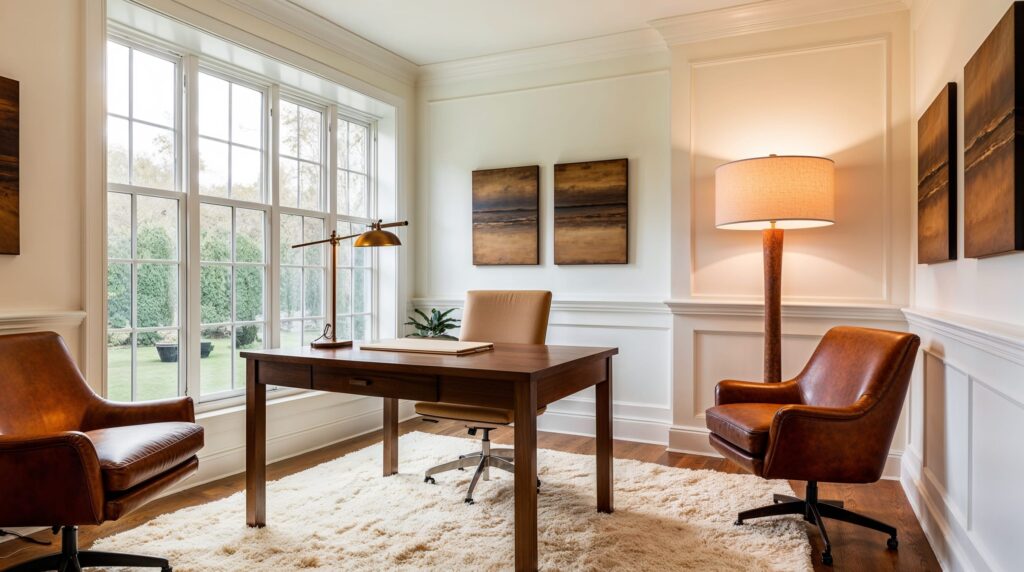
One thing that is forgotten, or overlooked far too often in DIY styling: Lights. Inadequate natural light, or poorly thought out artificial lighting can lead to eyestrain and give the space a gloomy feel which is bound to affect your mood and ability. Using only overhead lights or forgetting about task lighting are common mistakes.
How to Avoid It:
If possible, aim to have your desk near a window so you will benefit from the natural light. Add task lighting like desk lamps or floor lights, especially if you work in the evening. They can be adjusted to full or dimmed positions depending on your requirements.
3. Overlooking Cable Management
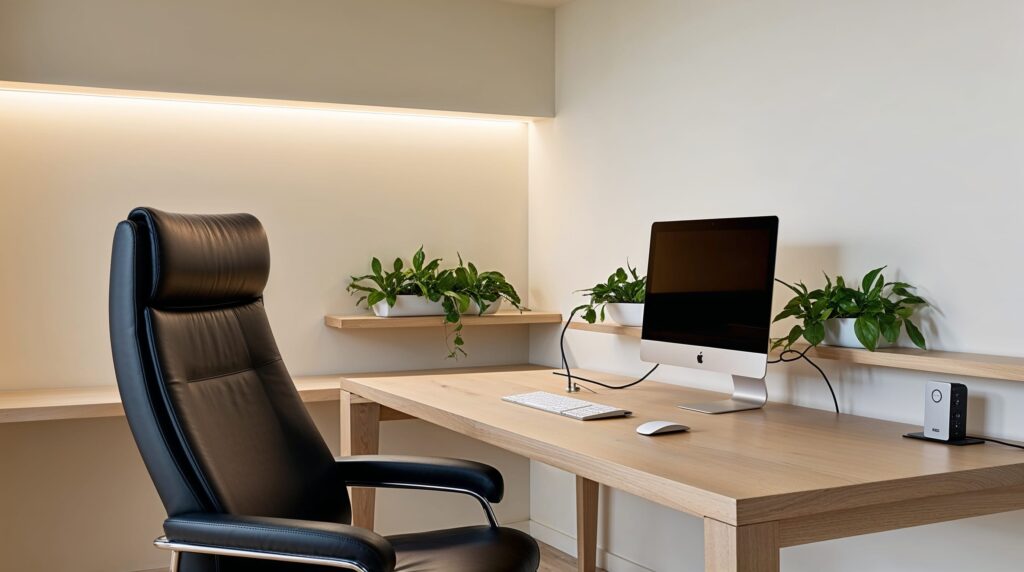
Disorganized cables are extremely messy and create a cacophony of confusion, particularly in tighter quarters. The back of your set up can become a snake pit without the organization that comes with cable management.
How to Avoid It:
Install cable clips, a cable box, or use zip ties to organize your cords. Choose wireless accessories where you can, such as keyboards, mice and even printers to wire less. Under Desk Power Strip.
4. Underestimating Storage Needs
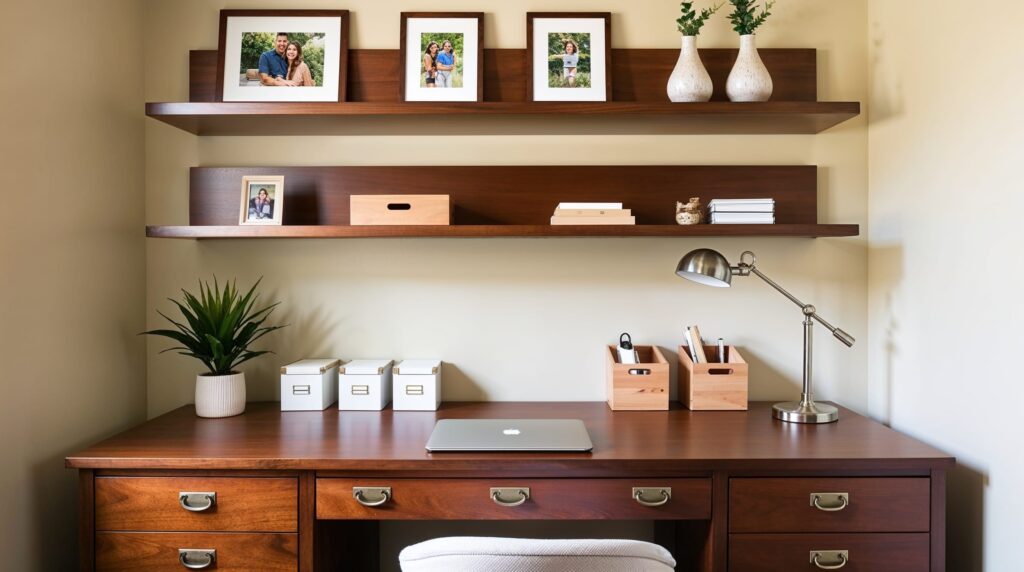
Believe it or not, having no space will mean that your office turning into a hot mess and this only makes the room feel overbearing. It’s easy to choose a desk with inadequate drawers or an overreliance on surface space…and before you know it your work area is buried under mountains of paper, folders, stationery and tech kit.
How to Avoid It:
Opt for a desk with built-in storage or add shelves and cabinets, possibly floating ones above your workspace. Storing essential items neatly is all about moderation and these storage boxes or desk organizers can help bring your daily essentials within reach. Maximize space: If you have limited space, consider using vertical storage
5. It depersonalizes the space and leaving behind warmth
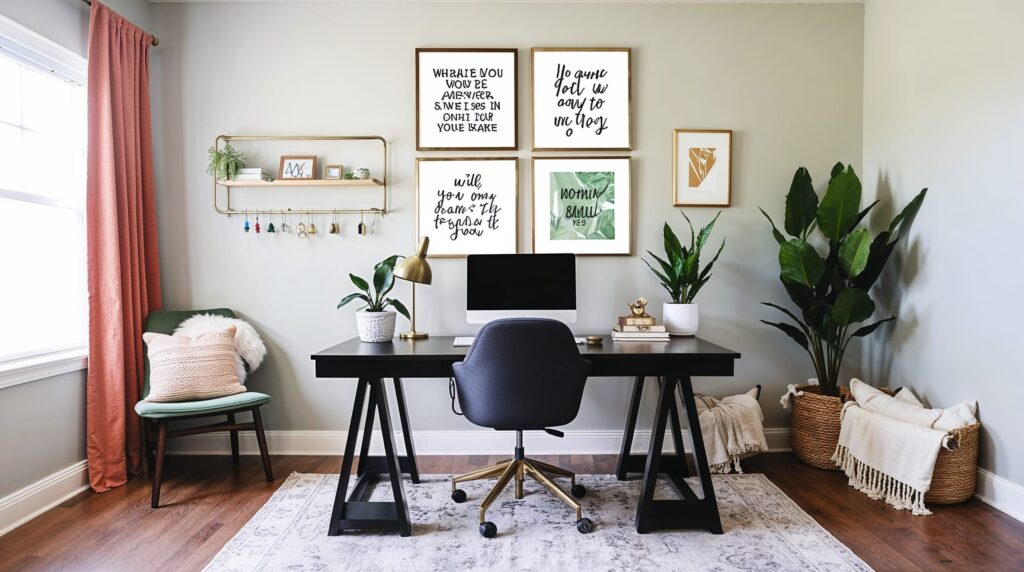
A stark, impersonal home office environment can crush creativity and energy from a workspace that reflects personality. Even worse, it can cause a lack of motivation and make the office feel like an impermanent space rather than one to be productive in.
How to Avoid It:
Inspirational items like art work, plants and motivational quotes also help. Other touches like a few plants that purify the air and provide tranquility, some select decorations to make it more homey Add a comfy rug or some pillows, maybe even your favorite scented candle to make the space feel inviting.
Conclusion
Designing a perfect home office design is not only what provides you the required functionality to make it work there but also should support productivity and sustainability. But with just a few simple design changes, you can use your home office to motivate yourself and get the most out of every working day. As always, a stylishly designed home office can lead to higher productivity and better mental health.
FAQs
What are the top home office paint colors?
Since you don’t want them to be distracting, usually colors like a light grey, beige or soft blue are the chosen ones for the home office subsidiaries because they may sound neutral and rather calming. If you need a pop of color, go with Statement pieces in louder colors.
Which Chair is the Best For Home Office?
Ideal an ergonomic chair with height and angle adjustability, lumbar support or seat depth. Choose a chair that great for maintaining posture and one that feels comfortable even after spending hours orthogonally working.


